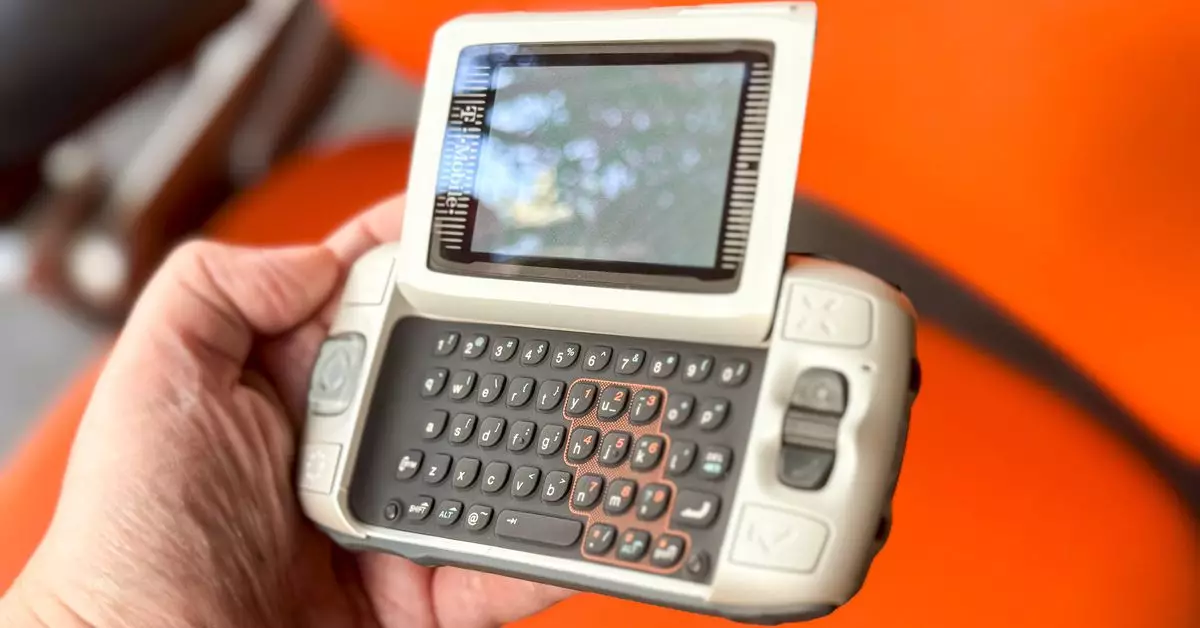The T-Mobile Sidekick, also known as the Danger Hiptop, was a revolutionary device that changed the way we interacted with mobile phones. While many give credit to its landscape keyboard, real enthusiasts know that the unsung hero of the Sidekick was the Jump button. In a time before multitasking was a common feature on phones, the Jump button allowed users to seamlessly switch between apps with ease.
Former Danger director of design, Matías Duarte, explained that the Jump button was not just a glorified home button as it was often described in user manuals. It was designed to be chorded, meaning that users could press multiple keys simultaneously to unlock its full potential. Duarte himself relied on these keyboard shortcuts for tasks such as filing bug reports, setting up meetings, and chatting with colleagues – all from his Sidekick device. The Jump button was truly the cornerstone of the device’s multitasking capabilities.
Despite the Sidekick eventually being overshadowed by newer technologies and platforms, the legacy of its keyboard shortcuts lived on. Many of the tools and features that were introduced by the Sidekick can still be found in modern devices today. The concept of chorded keyboard shortcuts has influenced the design of various operating systems and user interfaces, proving that the Sidekick was truly ahead of its time.
While the Sidekick may have been marketed as a simple and user-friendly device, its inner workings and features were far more complex and advanced than meets the eye. The Jump button, in particular, offered users a way to navigate and multitask in a seamless manner that was unheard of at the time. By combining physical hardware with intelligent software design, the Sidekick set a new standard for what a mobile device could achieve.
In a time where notifications and app switching are common features on smartphones, it’s important to remember the pioneers that laid the groundwork for these innovations. The T-Mobile Sidekick may have been a humble device in comparison to today’s smartphones, but its impact on the industry cannot be understated. The Jump button was not just a button – it was a symbol of progress and innovation in the world of mobile technology.
As we continue to push the boundaries of what is possible with our devices, it’s essential to look back at the devices and technologies that paved the way. The T-Mobile Sidekick may have been forgotten by many, but its contribution to the evolution of multitasking and user experience should not be overlooked. The Jump button may have been a simple physical key, but its impact on how we interact with our devices is truly remarkable.


Leave a Reply